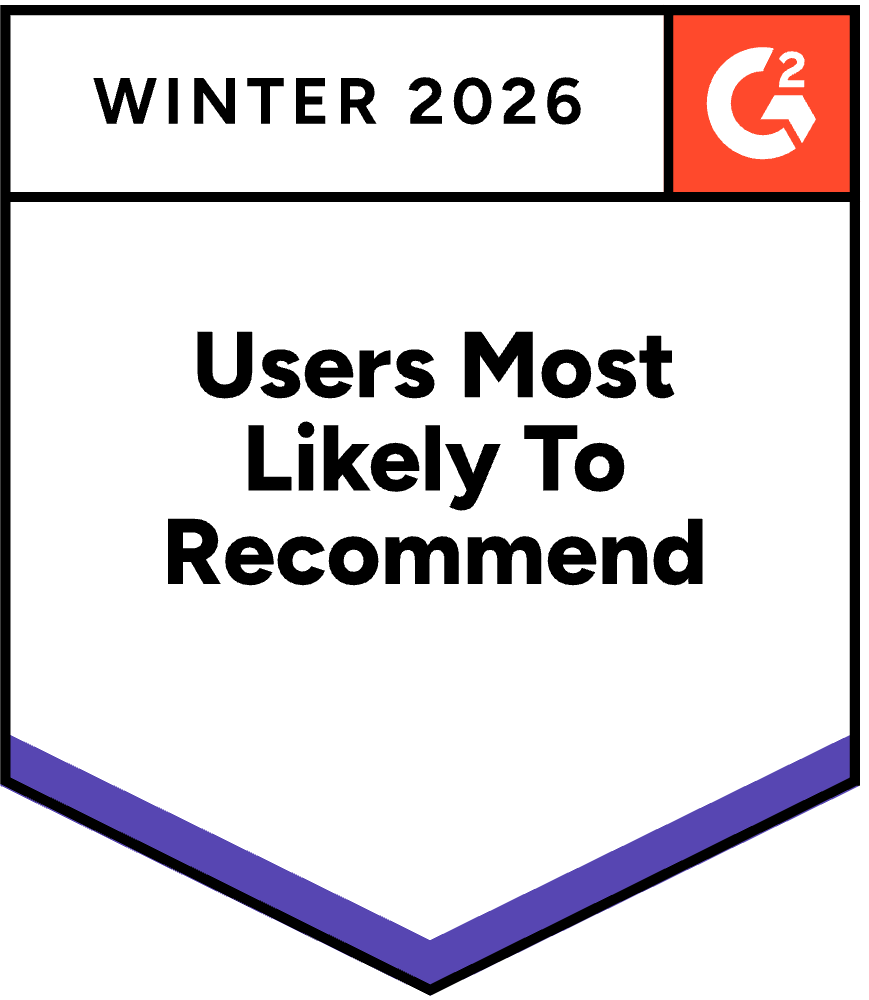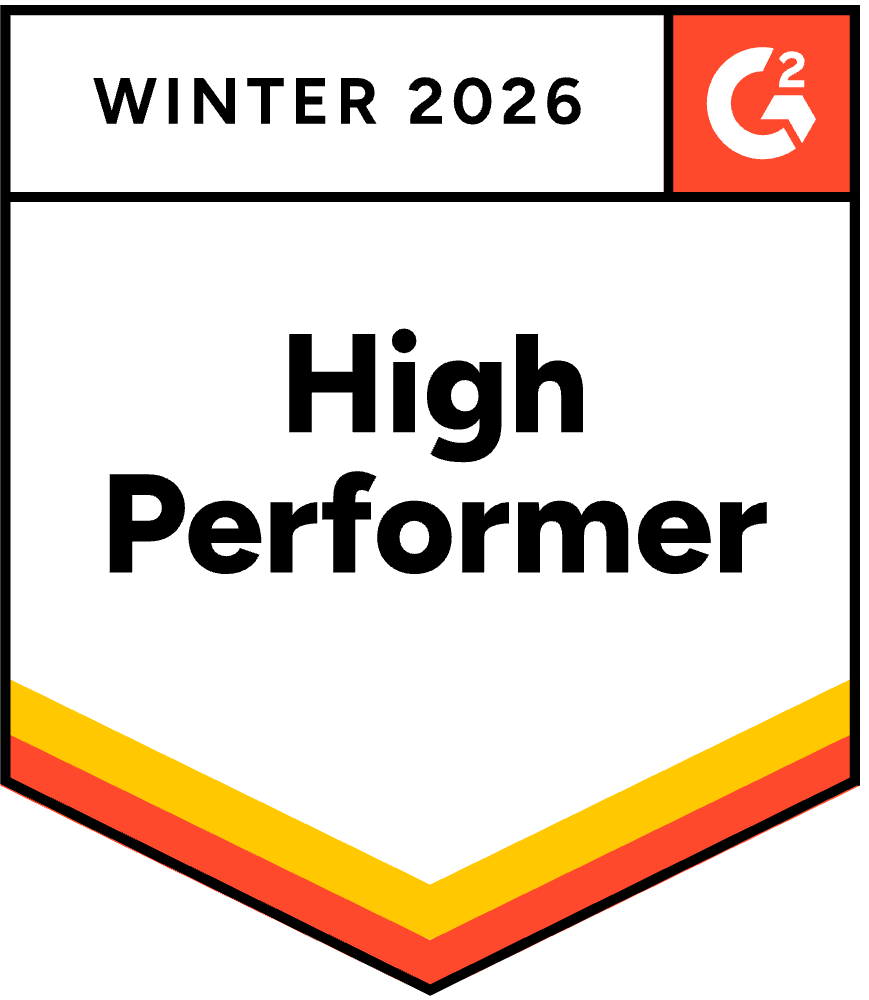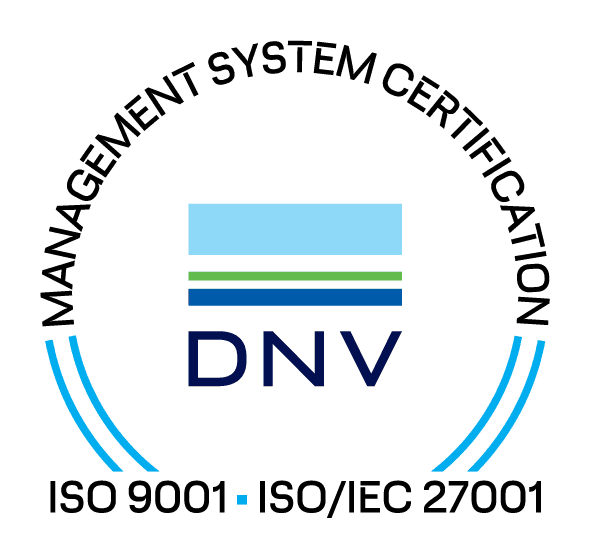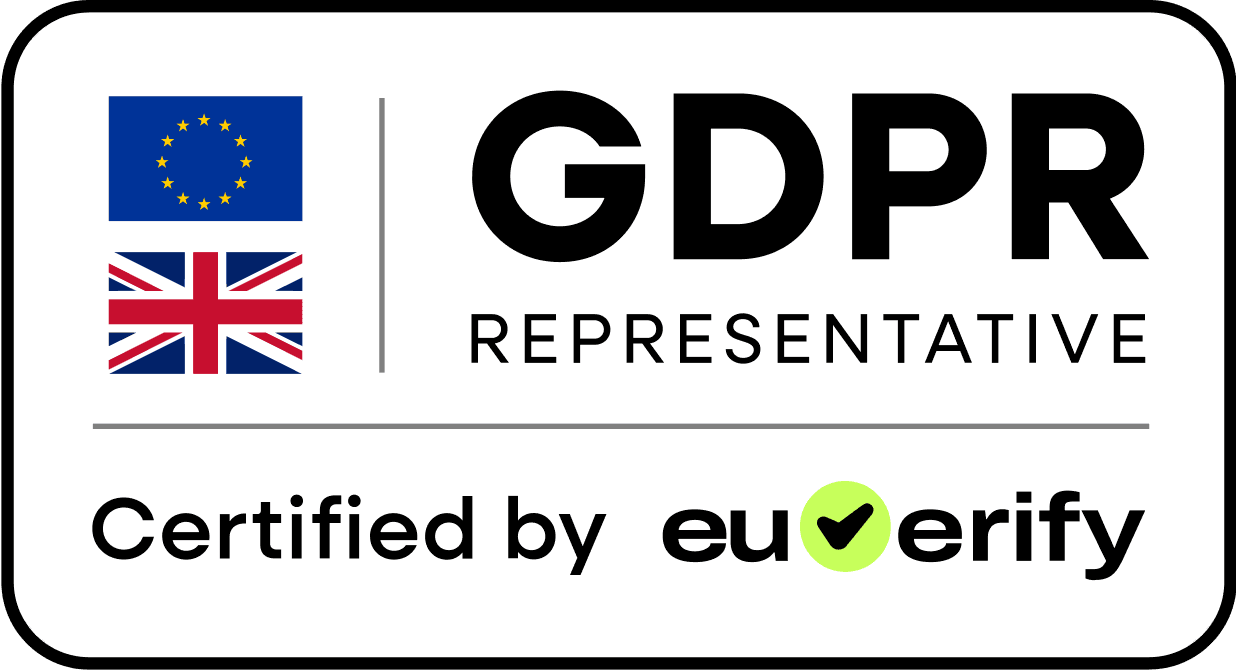When it comes to proving your organisation takes information security seriously, two names dominate the conversation: ISO 27001 and SOC 2. Both demonstrate that you manage data securely, but they differ in scope, approach, and, most importantly, the end result.
Let’s unpack the key differences and help you decide which framework best suits your business.
ISO 27001 is an international standard developed by the International Organization for Standardization (ISO). It defines the requirements for an Information Security Management System (ISMS), a structured framework for managing sensitive information, assessing risks, and implementing controls to protect it. Learn more about an ISMS: What is an ISMS?
SOC 2, on the other hand, is a U.S.-developed attestation framework governed by the American Institute of Certified Public Accountants (AICPA). It’s not a management system standard but rather a set of criteria designed to evaluate how well a service organisation protects customer data according to the Trust Services Criteria (TSC): Security, Availability, Processing Integrity, Confidentiality, and Privacy.
One of the most important distinctions is in the output:
ISO 27001 leads to certification.
Once your organisation is audited by an accredited certification body, you receive an ISO 27001 certificate valid for three years (with annual surveillance audits). This certificate is recognised globally and can be verified by customers and partners.
SOC 2 leads to an attestation report.
Instead of a certificate, your auditor (a licensed CPA firm) issues a SOC 2 report that describes your controls and the auditor’s opinion on their effectiveness. The report is confidential and shared only with clients or stakeholders under NDA—it’s not a public certification.
ISO 27001 requires you to implement a full ISMS that covers governance, risk management, and operational controls. The standard includes 93 controls in Annex A (aligned with ISO 27002) that you choose from based on your risk assessment. Explore: ISO 27001 Controls
SOC 2 doesn’t prescribe specific controls. Instead, it defines principles, and your organisation chooses the controls that meet those principles. This makes SOC 2 flexible but also more variable from one report to another; each SOC 2 report is unique to the organisation being assessed.
ISO 27001 is recognised in over 180 countries and is often required for government tenders, global partnerships, and supply-chain assurance.
SOC 2 is primarily recognised in the United States and among tech companies, SaaS providers, and U.S.-based investors. For organisations with global clients, ISO 27001 typically carries broader recognition.
Both frameworks require evidence of well-designed and operating controls, but their timelines differ:
ISO 27001: Implementation typically takes 3-6 months for SMEs, followed by a two-stage certification audit.
SOC 2 Type I or Type II: Type I reports can be completed in a few months, while Type II reports (which include operational testing over time) often take 6-12 months.
Many organisations pursue both frameworks.
ISO 27001 provides the structured management system and ongoing improvement processes, while SOC 2 offers an auditor’s attestation of how controls operate in practice.
Together, they deliver powerful assurance: ISO 27001 shows your system is well-governed; SOC 2 proves it’s working.
| Feature | ISO 27001 | SOC 2 |
|---|---|---|
| Developed by | ISO (International) | AICPA (U.S.) |
| Focus | Information Security Management System | Trust Services Criteria |
| Output | Certificate (valid 3 years) | Attestation Report (Type I or II) |
| Assessed by | Accredited Certification Body | Licensed CPA Firm |
| Recognition | Global | Primarily U.S. |
| Purpose | Ongoing ISMS governance and risk management | Control effectiveness attestation |
Bottom line:
If you want a globally recognised certification that demonstrates structured governance and continual improvement, start with ISO 27001. For next steps, see: ISO 27001 Certification Process and ISO 27001 Benefits.
If your customers or investors are primarily U.S.-based tech firms, a SOC 2 report may be what they expect.
Either way, both prove your commitment to protecting information, and with platforms like CertCrowd, achieving either has never been simpler.




